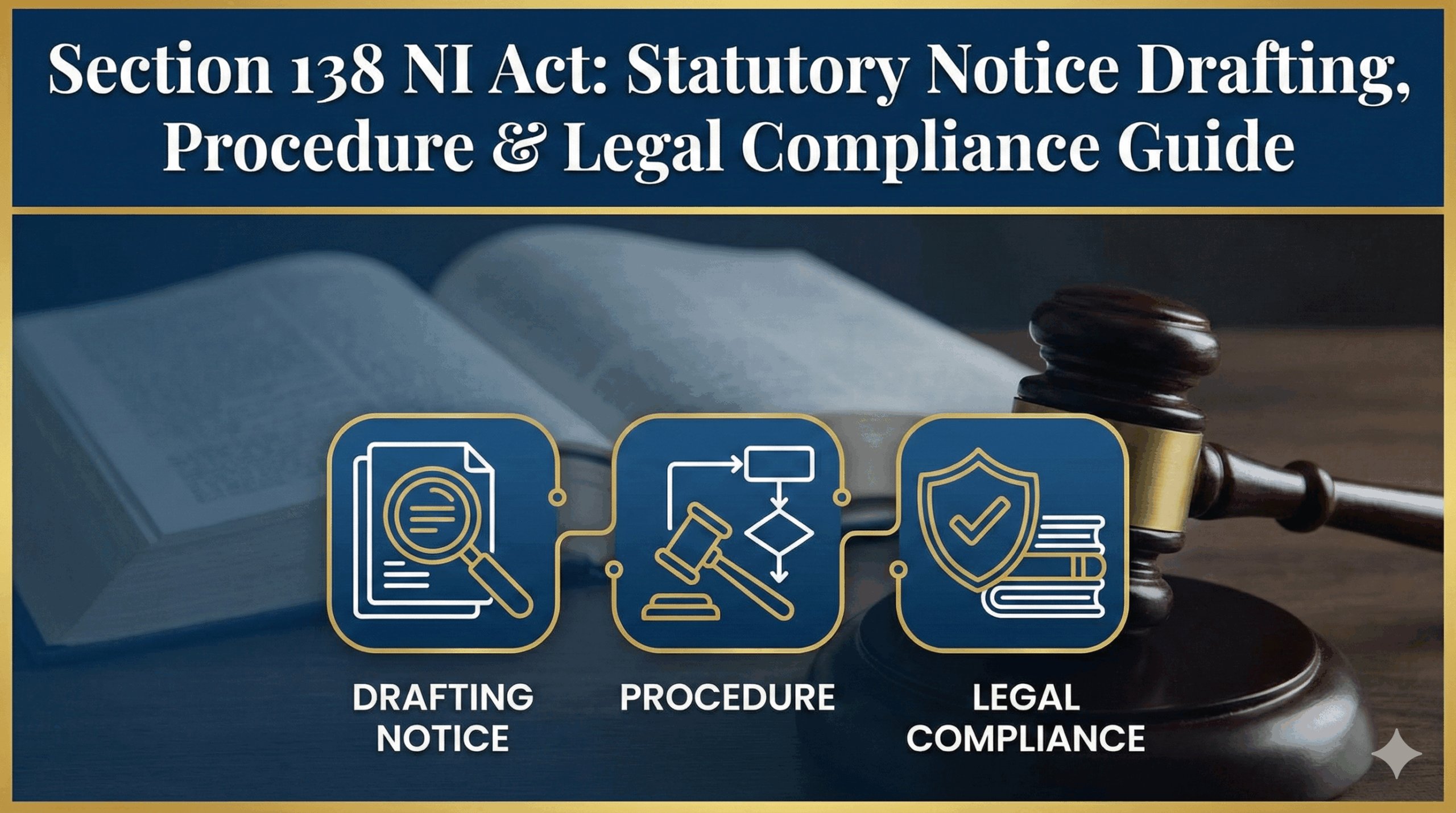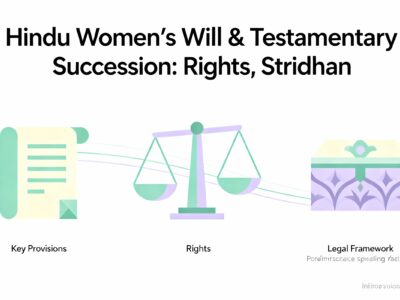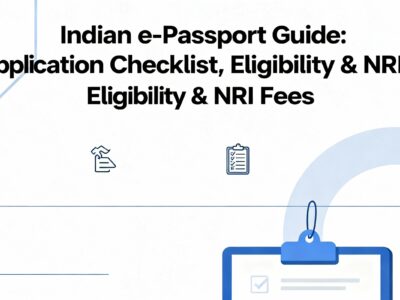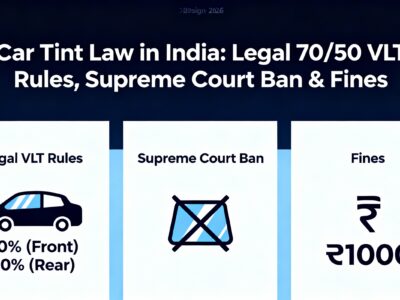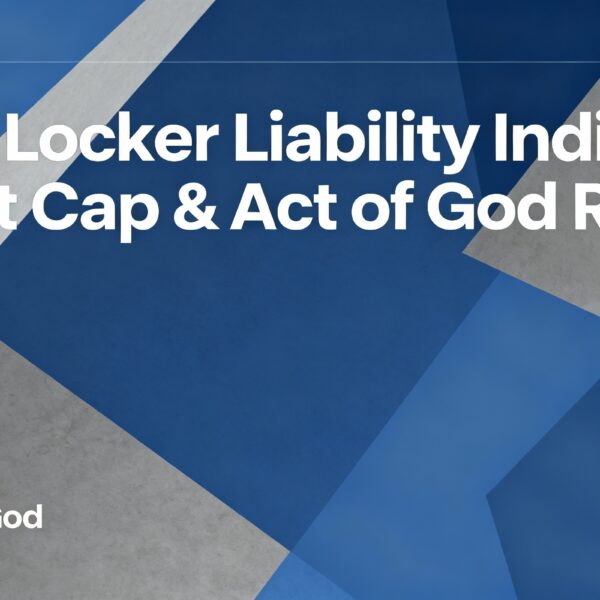Employer Not Paying EPF? Your Action Plan & Legal Rights in India
Seeing a deduction for the Employee Provident Fund (EPF) on your salary slip but finding no corresponding credit in your EPFO passbook is more than just an accounting error—it’s a serious issue. When an employer defaults on EPF payments, they are not only delaying your retirement savings but are also violating a statutory duty. This guide, fully updated for September 2025, is your definitive resource. We will walk you through a clear, four-step action plan, explain your legal rights under the EPF Act and Indian Penal Code, and provide practical tools like communication templates and checklists to help you systematically resolve the issue and secure your hard-earned money.
Evaakil.com
A Comprehensive Guide
What to Do When Your Employer Defaults on EPF Payments
Last Updated: September 16, 2025
Part I: Foundational Knowledge: Your Rights and Your Employer's Duties
The Employees' Provident Fund (EPF) is not a perk; it's a compulsory, statutory right for every salaried employee in India. Understanding this is the first step towards protecting your retirement savings. When an employer deducts your EPF contribution, they are legally bound to deposit it, along with their matching share, into your EPFO account.
Employer's 12% Contribution Split
The employer's share is divided between the Pension Scheme (EPS) and your Provident Fund (EPF).
Penalties for Default (Section 14B)
The EPFO levies punitive damages on employers for delayed payments, increasing with the length of the default.
Your Legal Shield: Key Provisions Protecting Your EPF
EPF & MP Act, 1952
This is the core legislation. An employer's failure to deposit EPF contributions is a direct violation of this Act, leading to financial penalties and potential imprisonment.
Indian Penal Code (IPC)
Deducting EPF from your salary but not depositing it can be treated as Criminal Breach of Trust under IPC Sections 406 & 409, making it a cognizable offense.
EPF, EPS, EDLI: Know Your Benefits
Your provident fund is part of a larger social security scheme. A default by your employer impacts all three components.
EPF (Provident Fund)
Your core retirement savings, which grows with compound interest.
EPS (Pension Scheme)
Provides a monthly pension after retirement at age 58.
EDLI (Insurance Scheme)
Provides life insurance coverage to the employee's family in case of death.
Part II: The Four-Step Action Plan for Resolving EPF Defaults
1 Vigilance and Verification
Before taking action, meticulously confirm the default. Your salary slip showing a deduction combined with your EPF passbook showing no credit is irrefutable proof.
- Check EPF Passbook: Use the EPFO Member Portal or the UMANG App.
- Quick Verification: Use the SMS service (EPFOHO UAN ENG to 7738299899) or give a missed call to 9966044425.
- Gather Evidence: Download salary slips and the EPF passbook PDF.
Your First Communication: A Template
Use this template for your initial email to HR. It's professional, factual, and sets a clear tone for resolution.
Subject: Inquiry Regarding Non-Deposition of EPF Contribution for [Month, Year] - UAN: [Your UAN]
Dear [HR Manager's Name/HR Department],
I am writing to bring to your attention a discrepancy regarding my Employees' Provident Fund (EPF) contribution for the month of [Month, Year].
My salary slip for the said month shows that an amount of ₹[Amount] was deducted as my EPF contribution. However, upon checking my EPF passbook on the EPFO portal, I have noted that this amount has not yet been credited to my account. The employer's contribution is also outstanding.
Could you please look into this matter and provide an update on the status of the deposit at your earliest convenience? I have attached copies of my salary slip and a screenshot of my EPF passbook for your reference.
Thank you for your prompt attention to this important matter.
Sincerely,
[Your Name]
[Your Employee ID]
EPFiGMS vs. CPGRAMS: Choosing Your Platform
| Feature | EPFiGMS | CPGRAMS |
|---|---|---|
| Purpose | Primary portal for all EPF-related complaints. | Centralized national portal for complaints against any government department. |
| Complaint Against | Your Employer (for the default). | The EPFO itself (for inaction on your EPFiGMS complaint). |
| When to Use | First Step. Use as soon as dialogue with the employer fails. | Escalation Step. Use after 30-60 days of no resolution from EPFiGMS. |
| Strategic Value | Triggers a formal EPFO inquiry against your employer. | Puts administrative pressure on the EPFO from a higher monitoring authority. |
Navigating Real-World Scenarios
Scenario 1: The Financially Strained Company
Situation: Your company is facing financial issues and has delayed EPF payments for all employees for three months.
Recommended Strategy:
- Collective Dialogue: Approach HR as a group. A collective voice is stronger.
- Written Assurance: Ask for a written commitment from management with a clear timeline for clearing the dues.
- File Grievance: If the timeline is breached, every affected employee should file a grievance on EPFiGMS. The volume of complaints will trigger a priority investigation.
Scenario 2: The Unresponsive HR Department
Situation: You've sent multiple emails about a one-month default, but HR is ignoring you or giving vague verbal assurances.
Recommended Strategy:
- Strategic Escalation: After two unanswered emails, send a final one and CC the official email ID of your Regional PF Commissioner. This shows you are serious.
- Immediate Grievance: Do not wait longer. Immediately file a grievance on EPFiGMS with your email trail as proof of non-cooperation.
- Leverage Social Media: A polite but firm post on platforms like Twitter, tagging the official EPFO handle, can sometimes accelerate the response.
Default Resolution Flowchart
Follow this visual path to navigate the resolution process. Each step is a decision point leading you closer to securing your funds.
Contribution Credited?
YES
NO
Issue Resolved in 1-2 Weeks?
YES
NO / No Response
Your Action Checklist
Use this interactive checklist to track your progress. Completing these steps systematically builds a strong case and ensures you don't miss any crucial actions.
Part III: Strategic Recommendations & Action Matrix
Your Escalation Timeline: A Step-by-Step Visual Guide
Step 1: Verify Default
Use the EPFO Portal/UMANG App to gather evidence (Passbook + Salary Slips).
Step 2: Initiate Dialogue
Send a formal email to HR. The key is to create a paper trail of the employer's inaction.
Step 3: Official Grievance
File a complaint on the EPFiGMS portal to trigger a formal EPFO inquiry. Escalate to CPGRAMS if needed.
Step 4: Legal Recourse
Approach the Labour Commissioner or file a Writ Petition in the High Court to compel action.
Proactive Measures: The Best Defense
Vigilance is your best strategy. Adopt these habits to safeguard your retirement savings:
Monthly Financial Check
Check your EPF passbook after the 15th of every month.
Systematic Record Keeping
Maintain a personal digital folder of all salary slips and passbook PDFs.


